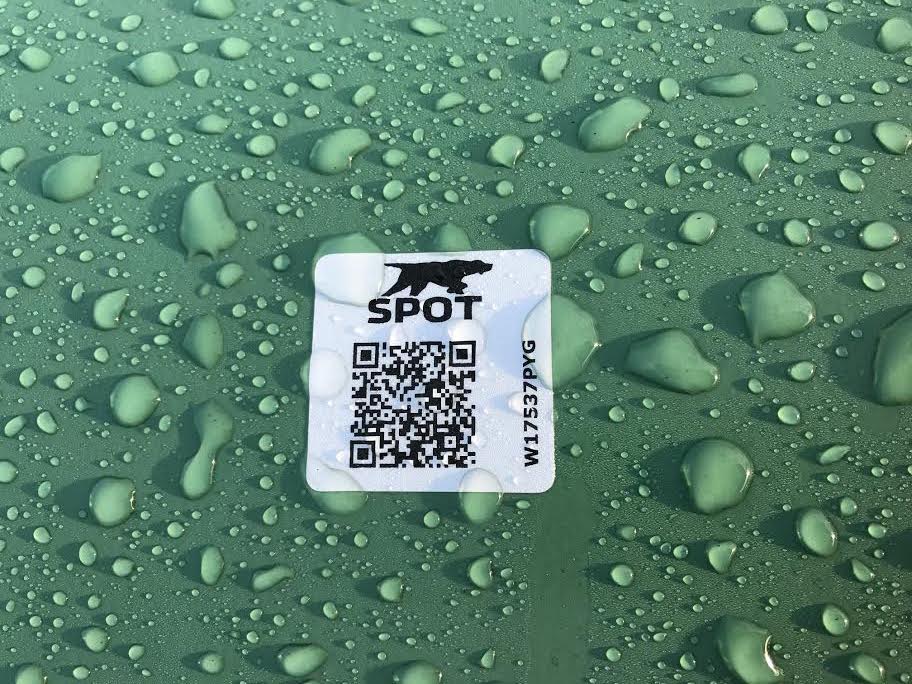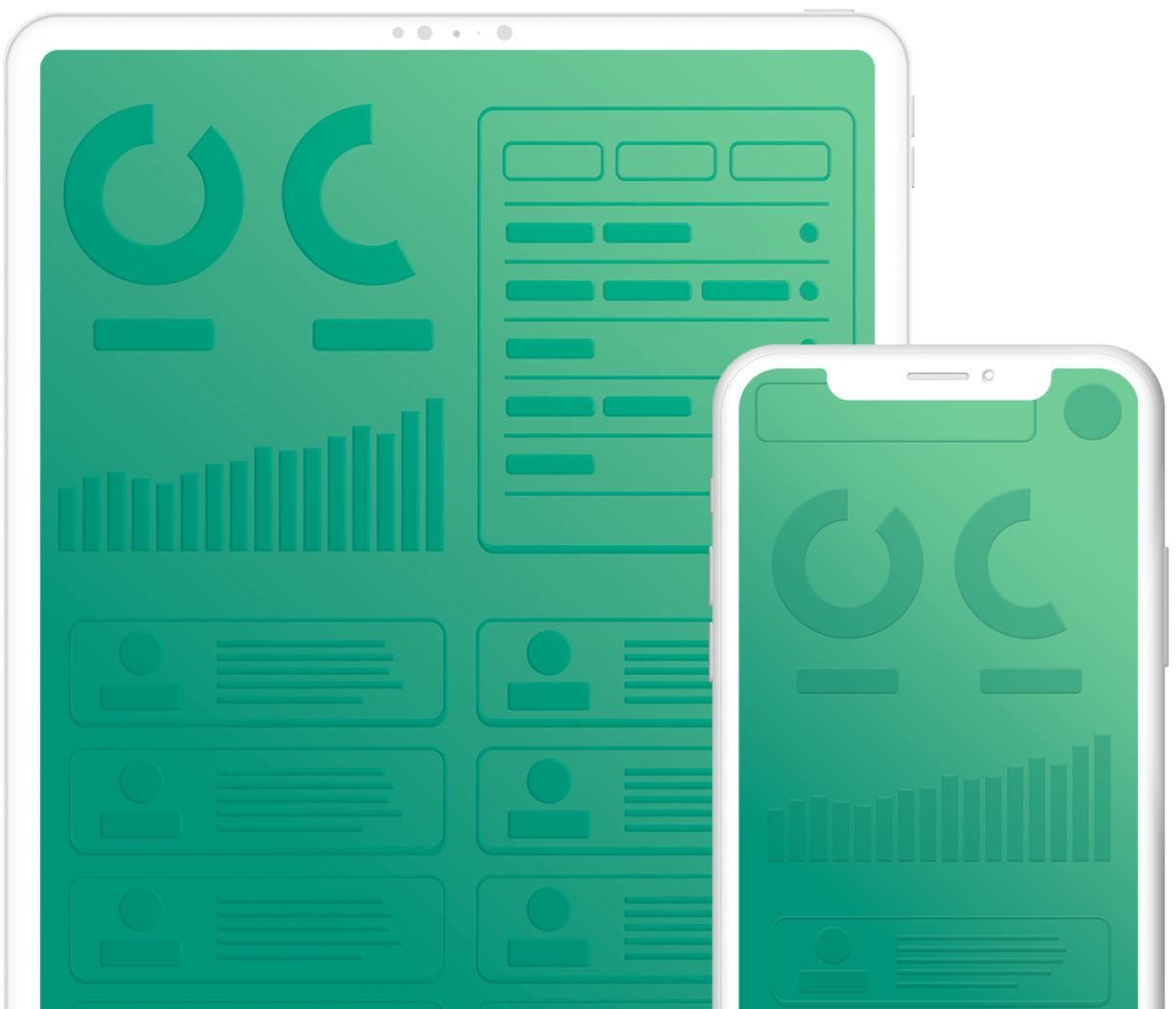SPOT on Safety: Rainy Weather
(SPOT Tracker and TruQC have joined forces to become TRU, a Jones Company)
The men and women who lay the foundation for every form of infrastructure needed to power industries around the globe don’t have time to wait out the rain. It’s a demanding job and not for the faint of heart. Like our customers, SPOT works tirelessly, regardless of the weather, to help capture, analyze and deliver quality data that equips decision makers to keep a project on time and on budget.
You may have heard about a little hussy named “Ida” who blew through town recently, bringing with her ample rain. Hurricane or no, wet weather doesn’t make for ideal working conditions. But just because it’s not ideal, doesn’t mean it’s impossible to get the job done. According to Safety & Health magazine, “wet surfaces can increase the chances of potential accidents and injuries.” Here are some helpful tips to remember while working in the rain.
- Move cautiously. Although the weather may make you inclined to work more quickly to get out of the rain, this is dangerous. Because rain causes slick surfaces, work more slowly and deliberately – particularly when climbing ladders.
- Use the correct equipment. Do not use electrical tools and equipment that are not specifically rated for outdoor use when working in the rain. Select hand tools with textured, nonslip grip handles.
- Wear proper footwear with a deep tread to prevent slipping. In the rain, be sure your pant leg lies over your boot or shoe. Tucking your pants into footwear can cause water to enter.
- Wear appropriate rain gear that includes both pants and a coat. Be sure the material is ventilated so it can be worn comfortably for extended periods. If it is cold, select wool or synthetic materials that insulate even when wet. Be certain clothing fits properly so it does not interfere with movement.
- Use proper hand protection that features a strong, slip-proof grip. Make sure gloves are adequately tight and long enough to allow your rain coat sleeve to prevent water from entering.
- Ensure adequate vision. If you wear glasses or goggles, use anti-fog spray or wipes on them before going outside. Wear a hood or hat to keep rain out of your eyes. Because a hood narrows your range of vision, be sure to look both ways when wearing one. When working at night, make sure lighting is adequate and the lights used are rated for outdoor use.
- Make sure you can be seen. Wear high-visibility clothing, especially in areas with vehicle traffic and heavy machinery. Do not wear rain gear or vests that have become dull or are no longer reflective.

Resources for this article provided by Safety and Health online magazine.

